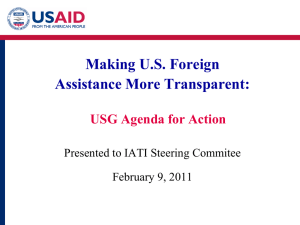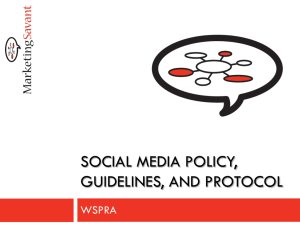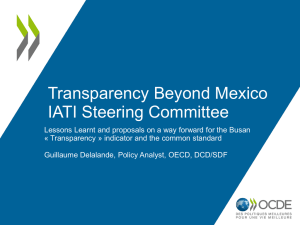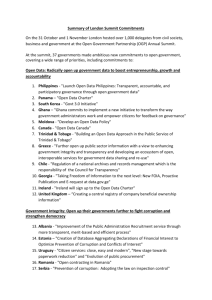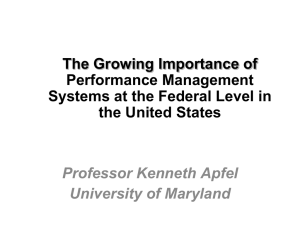Does banking system transparency stimulate bank competition and
advertisement
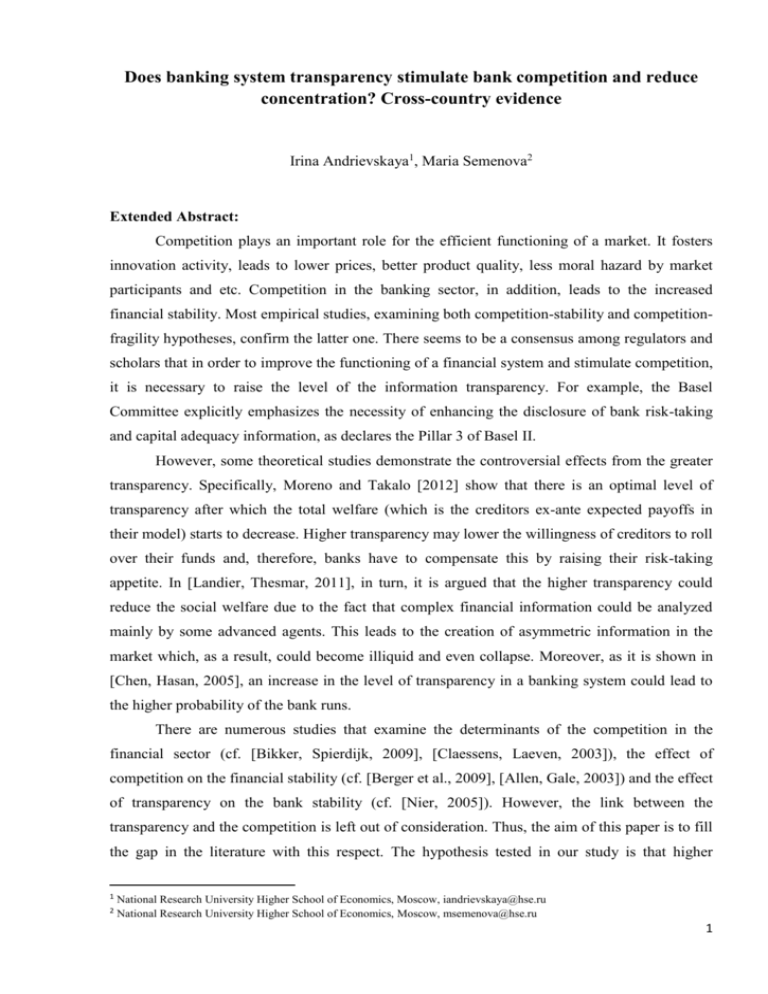
Does banking system transparency stimulate bank competition and reduce concentration? Cross-country evidence Irina Andrievskaya1, Maria Semenova2 Extended Abstract: Competition plays an important role for the efficient functioning of a market. It fosters innovation activity, leads to lower prices, better product quality, less moral hazard by market participants and etc. Competition in the banking sector, in addition, leads to the increased financial stability. Most empirical studies, examining both competition-stability and competitionfragility hypotheses, confirm the latter one. There seems to be a consensus among regulators and scholars that in order to improve the functioning of a financial system and stimulate competition, it is necessary to raise the level of the information transparency. For example, the Basel Committee explicitly emphasizes the necessity of enhancing the disclosure of bank risk-taking and capital adequacy information, as declares the Pillar 3 of Basel II. However, some theoretical studies demonstrate the controversial effects from the greater transparency. Specifically, Moreno and Takalo [2012] show that there is an optimal level of transparency after which the total welfare (which is the creditors ex-ante expected payoffs in their model) starts to decrease. Higher transparency may lower the willingness of creditors to roll over their funds and, therefore, banks have to compensate this by raising their risk-taking appetite. In [Landier, Thesmar, 2011], in turn, it is argued that the higher transparency could reduce the social welfare due to the fact that complex financial information could be analyzed mainly by some advanced agents. This leads to the creation of asymmetric information in the market which, as a result, could become illiquid and even collapse. Moreover, as it is shown in [Chen, Hasan, 2005], an increase in the level of transparency in a banking system could lead to the higher probability of the bank runs. There are numerous studies that examine the determinants of the competition in the financial sector (cf. [Bikker, Spierdijk, 2009], [Claessens, Laeven, 2003]), the effect of competition on the financial stability (cf. [Berger et al., 2009], [Allen, Gale, 2003]) and the effect of transparency on the bank stability (cf. [Nier, 2005]). However, the link between the transparency and the competition is left out of consideration. Thus, the aim of this paper is to fill the gap in the literature with this respect. The hypothesis tested in our study is that higher 1 2 National Research University Higher School of Economics, Moscow, iandrievskaya@hse.ru National Research University Higher School of Economics, Moscow, msemenova@hse.ru 1 transparency is associated with greater in the banking system. We also examine the link between the transparency and market concentration, thus, contributing to the strand of the literature that studies the link between competition and concentration in the financial system. For the purpose of our analysis, we carry out the cross-country investigation covering 213 countries all over the world. The period under consideration includes the years 2001, 2005 and 2010. The data are taken from the World Bank databases and the World Bank Banking Regulation and Supervision Surveys (which limit us to the mentioned years). We test our hypothesis using the panel data random effect model. The choice among pooled OLS, fixed effect and random effect models is based on a set of appropriate tests. As dependent variables we employ the Lerner index, which reflects the level of competition in a banking sector, and the share of the 3 largest banks’ assets in total system assets, which is the proxy for the bank concentration. The explanatory variables include two proxies for the market transparency and a set of control variables. The transparency proxies are constructed following the approaches proposed in [Semenova, 2012] (transparency index) and [Barth et al., 2002] (private monitoring index). The transparency index is based on the survey questions related to bank disclosure and transparency: - Are off-balance sheet items disclosed to the public? - Must banks disclose their risk management procedures to the public? - Are bank directors legally liable if information disclosed is erroneous or misleading? The private monitoring index is less narrow. It does not take into account the directors’ liability, but it includes the following aspects: - The need of an outside licensed audit - Percent of 10 biggest banks rated by international rating agencies (1 – if 100%, 0 – if less than 100%) - No explicit deposit insurance scheme - Requirement to include accrued or unpaid interest or principal on nonperforming loans into financial statements and to produce consolidated financial statements. We introduce a number of control variables to capture cross-country macroeconomic and banking systems’ differences. All of them have been found to influence the level of competition in other studies. Our results confirm the existence of the link between competition and transparency, as well as between concentration and transparency. However, our findings contradict the regulators’ predictions: higher level of banking system transparency is associated with lower bank competition (higher country-level Lerner index) and, at the same time, with lower bank concentration. This result indirectly confirms the fact that concentration does not reflect the level 2 of competition in a market. Thus higher transparency does not result into reduction of the market power, lowering, however, the concentration level. JEL Classification: G21, G01, P2. Keywords: Banking system, transparency, competition, concentration. 3



